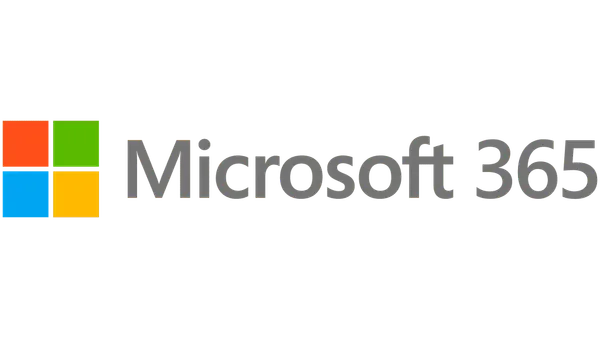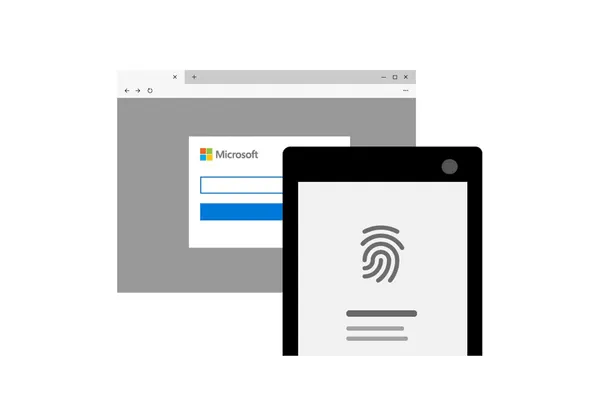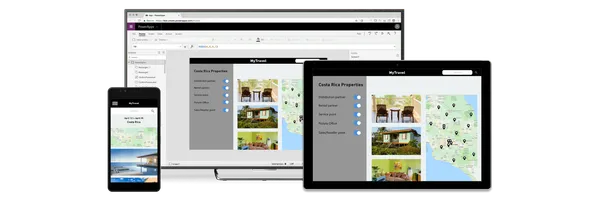
Knowledge base
October 10, 2021
How to make a hybrid office work for the long term?
Hybrid work can redefine the workplace
As a result of the pandemic, companies around the world realized that work is not just taking place in one specific building. It’s more than that. It is a community of hardworking individuals in work environments that suit them best, whether that be at home, in coffee shops or in the office.
Employees who became telecommuters during the pandemic proved that work previously done only in the office could be done anywhere. Now some employees and companies want to maintain the flexibility and benefits of remote working while maintaining the office culture and cohesive business center that a real office provides. The result? A hybrid workplace.
We’ve all heard the saying ‘the future of work’ too many times in the past year. The real future may not be clear for a few years. In the meantime, how can business owners, remote workers and operators ensure they are aware of this so-called future of work?
Working remotely is great, but…
- Lack of water cooler talk when there is no day at the office. Sure, you can video chat with a friend, but we all hate surprise video calls.
- Sometimes technology is not on our side. Have you ever tried to present or actively participate in a company meeting with unstable Wi-Fi?
- New professionals starting their career miss valuable relationships and development through the screen
Employees don’t miss the daily commute or the time they spend preparing for the workday (who else hates eating lunch every day?), but they miss out on rapport with coworkers. Fortunately, the benefits of remote working help both sides.
However, research shows that employees want the option to work from home. Employers may be ready to go back to the office, but the employees are not. So, how about the best of both worlds?
Could hybrid working be the solution we were looking for?
Hybrid work offers employees flexibility in where they work; divide time between home and office. This type of work has become increasingly popular since early 2020 and experts predict its popularity will grow, with many employees going to the office several days a week and working from home the rest of the days.
To reap the benefits of offering a hybrid work model to your employees, you need a solid strategy to make it successful in the long run.
How do you develop a plan for a hybrid working model?
First of all, you need to figure out what this hybrid workplace will look like. You need a cohesive system so that those in the office have access to the same resources as at home, including important paperwork. You can do this by making sure you store all important documents in cloud storage systems so that employees can access them from anywhere.
When it comes to your office space, determine if you have varying team schedules. Think about it this way: In high school and college, some students had certain classes on Mondays, Wednesdays, and Fridays and another round on Tuesdays and Thursdays. This exercise can be repeated in the workplace, but then per team. Once this blueprint has been created, you can consult with your team leaders to determine the number of employees so that you know how much desk space is needed.
Real estate is usually one of the biggest costs for business. Once your hybrid workplace strategy has been developed, consider how it will impact your existing physical office. Can you downsize to reduce overhead costs? Research shows executives plan to reduce office space by 30% after the pandemic due to remote/hybrid working. It’s likely that some companies get away with just needing a conference room for their team members to use occasionally for client meetings.
When employees do come into the office, they need well-equipped desks so they don’t waste time rebuilding and tearing down their workspace every day. Have equipment such as monitors, HDMI cables, keyboards and mice readily available.
Equip remote teams with the right tools and technology
If your business hasn’t already, you need to invest in tools to make your hybrid model successful. There are tools you need for a variety of reasons: team communication and collaboration, project management, customer communication, and employee engagement.
To easily communicate with remote and in-office employees, messaging tools such as Slack or Microsoft Teams are essential for managing a hybrid team. Slack allows you to send quick direct messages and create “huddles” with your team.
Collaboration tools make cross-channel work seamless and more productive, such as Miro and Google Drive. And of course having project management software ensures that distributed teams are all on the same page, reliable apps like Asana or Trello keep things organized and flowing.
An important aspect that is sometimes overlooked is people management. At Earth Class Mail, we use Lattice, a software that allows managers to check in and see how the team is feeling, not just how they are doing, with their happiness scores.
Merging the physical and digital office world
In addition to the tools you need for a remote team, you also need tools to merge the remote world with the physical world. Employees need tools that bring office tools, such as essential paperwork, office supplies, and team meetings, into their homes.
An important element that could be important to your business is a way to make physical documents, such as mail and checks, available even when people are out of the office.
One solution is to invest in a virtual mailbox provider. Providers of virtual mailboxes digitize all your mail, even if you do have a physical location. All your email is sorted, scanned and sent to the cloud.
You can also use a virtual business address – and you’ll never have to change your address again (like when you decide to downsize office space). With a virtual mailbox, your business mail becomes digital mail that you can access 24/7, anywhere and on any device.
Fostering corporate culture in hybrid work environments
After countless months of working from home, employees are realizing that just as businesses are not buildings, culture is not an in-office ping-pong table, cold brew on tap, or free snacks.
During the pandemic, making connections virtually became an issue for employees. Thirty-nine percent of employees struggled to maintain or develop a bond with co-workers. It is vital to find creative ways to keep people engaged, connected, empowered and valued.
Assemble a committee of employees who organize social gatherings, breakfast sessions – yes, let them cost their egg and potato taco – town halls, or team virtual happy hours for casual conversation. Some other ideas for keeping distributed teams engaged include encouraging health and wellness, trivia games (we love Kahoot), book clubs, and Show & Tells. You can also rotate which teams meet in person so that everyone can communicate at different points.
For example, a #pets Slack channel where employees share their cute furry friends. And a #kudos channel for employees to give their colleagues a shoutout! Even a simple message can boost one’s mood and company morale.
A thoughtful strategy makes or breaks your hybrid team. Fortunately, nothing is set in stone, so if you find that something isn’t working specifically for your business, tweak it until you find what works best for your employees.
Hybrid work offers employees the chance to offer the best of both worlds: a place to meet colleagues and the flexibility to work from home when needed.
Source: earthclassmail
Want to know more?

Related
blogs
Tech Updates: Microsoft 365, Azure, Cybersecurity & AI – Weekly in Your Mailbox.









